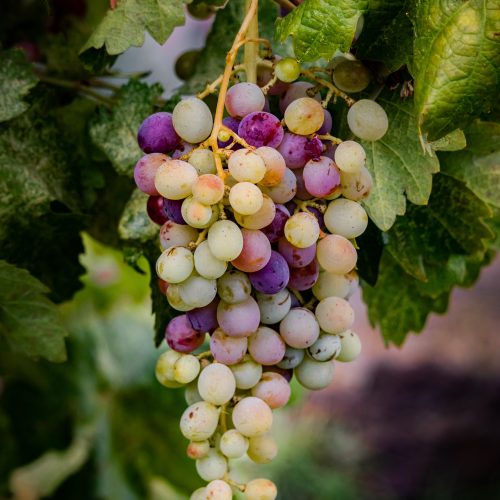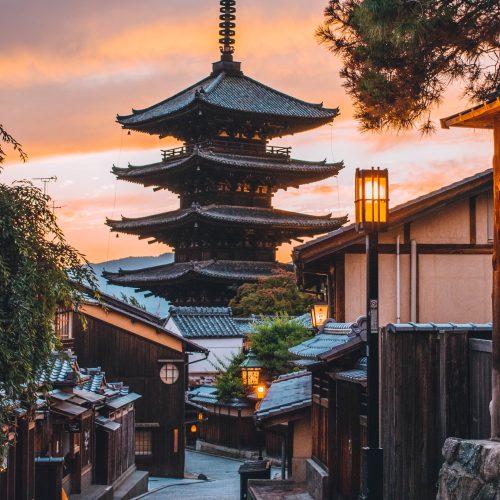Mardi Gras isn’t just a celebration—it’s a feast for all five senses. From the streets of New Orleans to its historical roots in medieval Europe, this vibrant festival offers a unique blend of history, culture, and sensory delights that captivate visitors from around the world.
Table of Contents
The Touch of Tradition
In the narrow streets of New Orleans’ French Quarter, the sense of touch becomes your first guide to Mardi Gras. Cool strands of beads slide between your fingers as they’re caught mid-air from passing floats. The varied textures tell stories of their own—smooth plastic beads, rough doubloons, and the intricate detailing of hand-crafted masks.
The press of the crowd creates its own tactile experience, a human current moving through historic streets. Elaborate costumes brush against you—velvet, sequins, feathers, and satin—each material representing hours of creative labor. The sticky sweetness of a King Cake in your hands, its sugary glaze clinging to fingertips, connects you to a tradition dating back centuries.
The Soundtrack of Celebration
Mardi Gras announces itself first through sound. The bold declarations of brass bands echo through the French Quarter, notes bouncing off historic buildings and hanging in the air. Drumbeats provide the festival’s heartbeat, pulsing with rhythms that trace back to African heritage.
Listen for the distinct sounds of the celebration: wooden parade floats creaking under the weight of riders, the metallic jingle of thrown doubloons, and the collective cheer of crowds as krewes approach. Street performers add their own notes to this urban symphony, while the unique cadences of Creole and Cajun dialects form a linguistic melody found nowhere else.
A Visual Feast
The visual panorama of Mardi Gras unfolds in the traditional triumvirate of purple, gold, and green—colors symbolizing justice, power, and faith. These hues adorn everything from flags and banners to face paint and costumes.
Elaborate floats rise like mobile art installations, their themes ranging from mythological stories to satirical takes on current events. Masked revelers create a living gallery of expression, their identities concealed behind faces frozen in perpetual joy or mystery.
As evening approaches, the flickering light of flambeaux—traditional torches carried in historic processions—cast dancing shadows on centuries-old buildings. Beads hanging from wrought-iron balconies catch the light like suspended rainbows against the architecture of the French Quarter.
The Scents of the Season
The olfactory experience of Mardi Gras changes with each street corner turned. The sweet, yeasty aroma of freshly baked King Cake mingles with the savory promise of Cajun cooking—crawfish étouffée, jambalaya, and gumbo releasing their steam into the February air.
These food scents mix with environmental notes: the earthy scent of Spanish moss hanging from ancient oaks, the metallic tinge of afternoon rain on hot pavement, and the fragrant flowers adorning Garden District mansions.
Other ephemeral scents appear throughout the celebration: the burnt sugar of pralines being made in copper pots, the warm breath of brass instruments, and the distinctive aroma of Sazerac cocktails being served in crowded bars.
Tastes of Indulgence
Mardi Gras is a celebration where taste takes center stage—both literally and metaphorically. The culinary journey begins with morning beignets dusted with powdered sugar, providing strength for the day’s festivities.
As celebrations continue, bolder flavors emerge—spicy andouille sausage, the complex depth of a perfectly prepared roux, and the briny freshness of Gulf oysters. Beverages flow freely, from the anise notes of traditional cocktails to the chicory-enriched darkness of New Orleans coffee.
The King Cake serves as both dessert and tradition, its hidden plastic baby bringing both good fortune and obligation to its finder. Every bite connects revelers to the celebration’s essence: abundance before abstinence, community before the solitude of Lent.
Roots and Evolution
While many associate Mardi Gras exclusively with New Orleans, its origins stretch back to medieval European pre-Lenten celebrations. French explorers brought these traditions to Louisiana in the late 17th century, where they evolved through cultural blending.
The celebration’s name—”Fat Tuesday” in French—references the practical custom of using all household fats before the lean days of Lent began. This practical consideration transformed into the extravagant festival we know today.
Traditional krewes once represented the city’s rigid social hierarchy, but modern celebrations have expanded to include diverse organizations while maintaining the pageantry of their historical predecessors. The Rex Organization, established in 1872, gave the celebration its official colors and introduced the tradition of a Carnival king.
Cultural Expressions
Some of Mardi Gras’ most authentic expressions come from neighborhood traditions. The Mardi Gras Indians—African American communities who create stunningly elaborate costumes inspired by Native American ceremonial dress—represent both cultural resistance and artistic triumph.
Their hand-sewn suits require thousands of hours of meticulous beadwork and feather placement, honoring historical alliances between escaped slaves and indigenous peoples. Their appearances transform historical conflicts into artistic displays where beauty and craftsmanship determine the victor.
The Final Notes
As dawn breaks on Ash Wednesday, the sensory overload yields to quiet reflection. Streets still shimmer with the metallic remnants of celebration, while the midnight clearing of Bourbon Street by mounted police symbolically ends the festivities.
This abrupt transition represents the essence of Carnival—a designated period of reversal and release before returning to ordinary life. Mardi Gras teaches that indulgence has its season and that community thrives through shared experience.
From the touch of masks against flushed cheeks to the taste of tradition in every spoonful of gumbo, Mardi Gras offers a full engagement with life’s pleasures—a reminder that before we fast, we feast on all that our senses can experience.
“Laissez les bon temps rouler”—let the good times roll—isn’t just a phrase but an invitation to experience this unique celebration with every sense you possess.



Leave a Reply